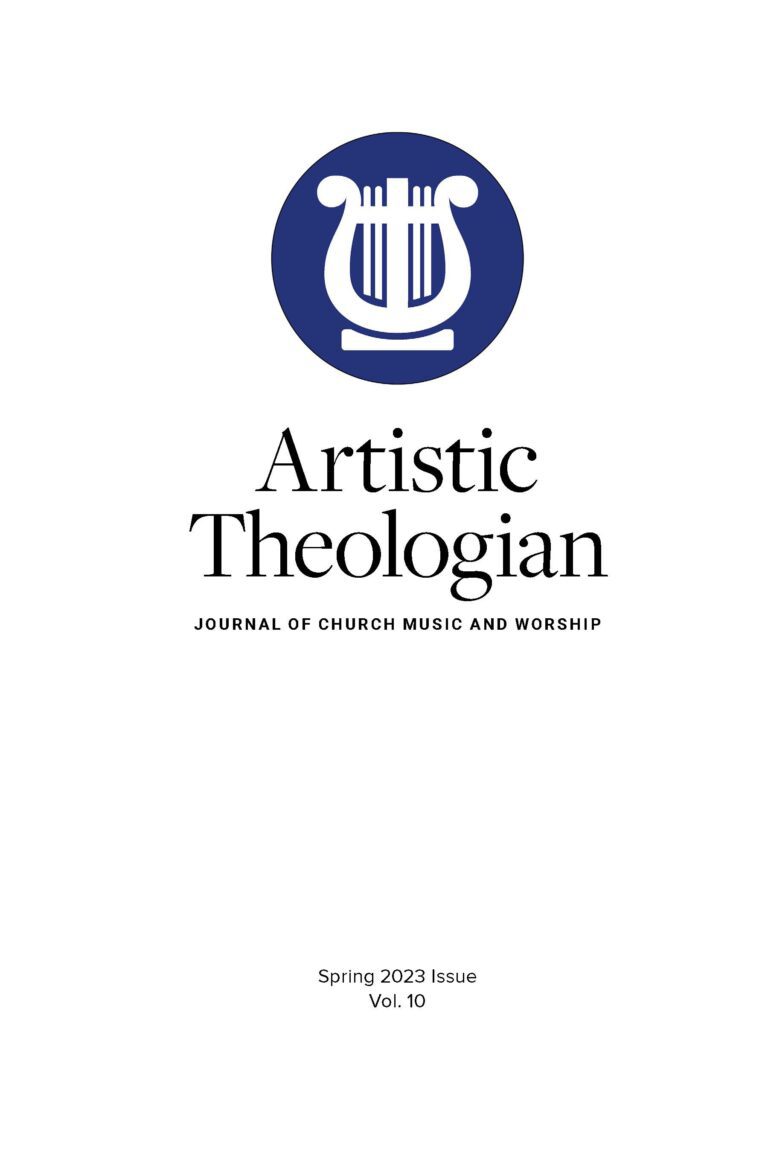
Herl, Joseph. Worship Wars in Early Lutheranism: Choir, Congregation, and Three Centuries of Conflict. New York: Oxford University Press, 2004. XI+354 PP. $65.00.
This book allows readers to investigate the role of music and congregational involvement in the development of Lutheran liturgy over three centuries. Joseph Herl, professor of music at Concordia University, Nebraska, has done an excellent job of analyzing sources concerning choral and congregational singing in Lutheran churches during the sixteenth, seventeenth, and eighteenth centuries. He argues that many congregations sang poorly and that the choir frequently played a more significant musical role than the congregation in the sixteenth century. Thus, the early Lutheran liturgy was primarily choral and only gradually transitioned to congregational. His argument begins with a thorough examination of church traditions and their requirements for choral or congregational singing.
The book is divided into nine chapters and a conclusion. The functions of the choir and congregation in the sixteenth century are examined in Chapters 1 through 6. It starts with Martin Luther and the liturgy in Wittenberg. Then it examines the Catholic liturgical traditions that existed before the Reformation and traces them through the sixteenth century as a background for Luther’s changes. In Chapter 7, Herl follows the “worship wars” over musical form. How hymns were sung in the seventeenth and eighteenth centuries is described in Chapters 8 and 9. Then Chapter 9 summarizes the key issues in hymn performance practice, such as tempo and repertory selection. An overall conclusion summarizes the book.
In Herl’s discussion, the congregation was expected to sing the Credo, a hymn before or after the sermon, and hymns during communion in many regions; other parts of the Mass, such as the Kyrie, were reserved for the choir (55–62). The choir was still in charge of singing most of the liturgy. In terms of choral versus congregational services, Herl suggests that the liturgy was more likely to be congregational in smaller parishes. He also mentions that the style of music appropriate for church services was a topic of debate throughout the period. Herl avoids the usual analyses of musical repertoire in favor of focusing on events, people, and ideas, drawing readers into the story, and allowing them to imagine what a Lutheran church must have been like in the sixteenth through the eighteenth century. He states that congregational singing was not unknown before the Reformation, but it is unclear how widespread the practice was. According to reports, congregational hymnals were not introduced in most parts of Germany until the seventeenth or eighteenth century. Although Luther thought congregational singing was beneficial and desirable, he did not endorse it over the choral liturgy. As a result, the Latin choral mass remained the primary service in Wittenberg throughout Luther’s lifetime.
If congregational singing was limited in the early decades of the Reformation, Herl claims it flourished between the late sixteenth and early eighteenth centuries. He describes four reasons for this change: (1) the development of organ accompaniment for congregational singing (131–50); (2) the introduction of hymnals for congregational use, particularly the cantional books in which the melody was harmonized in four or five parts (113–14); (3) the influence of Pietism, which promoted literacy and hymnal ownership as tools for personal devotion (126); and (4) the choir’s increased performance of difficult, sophisticated music, leaving chorales to the congregation (117).
Furthermore, Herl claims that the development of organ accompaniment for congregational singing arose because of the organists’ select repertoires and abuses of their roles. Organists only played sacred motets, responsories, and hymns on the organ, not frivolous secular songs and dances. The organist abused his roles when, for example, he played an unnecessarily long postlude or, in some cases, played drunkenly and loudly (149–51). As a result, the organ’s role shifted from performing the liturgy in parallel with the choir to accompanying a singing congregation or choir. Herl claims that the accompaniment of hymns encouraged the people to sing, “putting the final nail into the coffin of the choral liturgy among the Lutherans” (151).
The book contains valuable explanations for terminology used in sixteenth-century sources, as well as details such as the location and size of the choir, different types of church spaces, and different styles of music. Furthermore, his examination of singing in sixteenth-century church services is based on an impressively comprehensive and thorough survey of contemporary reports.
The book presents choral services against congregational singing, arguing that “the congregational conception of the service won out” after “about two hundred and fifty years” (175–78). The work is organized analytically rather than chronologically. Worship Wars in Early Lutheranism will help worship leaders and scholars to see how congregational singing evolved from choir singing after the Reformation. I highly recommend this book as an academic resource.





